
The most important tool you have to change your health is the food you eat.
"Junk" DNA includes a whole subset of names such as introns, retrotransposable elements, and non-coding RNAs (ncRNAs). In fact, ncRNAs are often located near genes known to be important to both stem cells and cancer, to serve as enhancer elements which promote their gene expression.[1] Stem cells are the cells that have the potential to turn into lots of other cells. So this junk DNA can influence how stem cells specifically differentiate into multiple cell types.
In fact, it is now estimated that 80% of our genome is biologically active with only 1% of our genome encoding for proteins:
Junk DNA Not Junk After All
A staggering batch of over 30 papers published in Nature, Science, and other journals this month, firmly rejects the idea that, apart from the 1% of the human genome that codes for proteins, most of our DNA is "junk" that has accumulated over time like some evolutionary flotsam and jetsam.The papers, representing 10 years of work of the ENCODE ("Encyclopedia of DNA Elements") project, completed by hundreds of scientists from dozens of labs around the world, reveal that 80% of the human genome serves some purpose and is biochemically active, for example, in regulating the expression of genes situated nearby.
That was known for some time, but it is now official since September 2012 or so. Evolutionary speaking, it makes a lot of sense...
Viral "Junk" DNAThe greatest shock of genomic science was to find that
the human genome contains more viral than "human" genes. That is, the human genome is made from thousands of viruses that infected our distant ancestors. They got there by infecting eggs or sperm, inserting their own DNA into ours.
Viruses are peculiar things that at a zoomed-in level may look very pretty or downright creepy depending on the virus. A virus may have DNA or RNA and the type of genetic material depends on the function and nature of the virus. Some are very infectious, others allowed us to be alive since the gene that encodes for a protein that allows for babies to fuse to their mothers during pregnancy, is a virus gene.[2]
Most genetic diversity can be found in virus genes. Scientists agree that there are some 1,000,000,000,000,000,000,000,000,000,000 viruses in the ocean, and genetically they match almost nothing compared with genes from any microbe, animal, plant or other organism, even from any other known virus.
All living things have hundreds or thousands of genes imported by viruses. There is a group of viral species known as retroviruses which insert their genetic material into the host cell's DNA. When the host cell divides, it copies the virus's DNA along with its own. Retroviruses have "on switches" that prompt their host cell to make proteins out of nearby genes. Sometimes their switches turn on host genes that ought to be kept shut off, and cancer can result. This is precisely what our junk DNA - ncRNA- seems to be doing "next" to genes that have to do with stem cells and cancer cells.
What is known as endogenous retrovirus - endogenous meaning generated within - are the viruses that lurk in the genomes of just about every major group of vertebrates, from fish to reptiles to mammals. Virologists have found retrovirus-like segments in our human genome and they were able to track its genetic code down to an original functioning virus. The virus was called Phoenix, for the mythical bird that rose from its own ashes.
It is known that part of our junk DNA, the retrotransposable elements, is viral in its origin. It includes the endogenous retroviruses. But it is now argued that ncRNA (non coding RNA) might be viral in its origin as well.[3] This has interesting implications in the sense that epigenetic control of gene expression involves this junk DNA - ncRNAs.[4] It would mean that
our entire junk DNA (98%) might well be very functional epigenetically speaking (more info on epigenetics below), and active in the induction of regulatory genes that code for stem cells, or for reprogramming or modulating genes known to respond to oxidative stress, DNA damage and p53 - a protein that regulates the cell cycle and is implicated in about half of all human cancers.
You might be wondering why we are reviewing all this viral genome potential. As it happens, the damage done by evil lectins - antinutrients - in our diet is through a lock-and-key mechanism, that is, a circulating lectin serves as a key that unlocks the cell to which it attaches.
Evil lectins can initiate a cascade of events once they attach to the cell "mem-brain" that may lead to attraction of the immune system, cell death, production of chemicals, multiplication of the cell and so forth. It depends. And it might well depend on the adaptation response from the viral-like properties inside the cell, our "junk" DNA.
Harmful lectins - such as the ones found in gluten, soy, dairy, corn - cause inflammation and damage without a defense/immune response which end up being secondary to the initial damage. Some respond in quite a drastic way (i.e. autoimmune diseases) others respond in a milder way, constituting thus the wide nature of symptoms among people.
Moreover,
wheat's evil lectin (WGA) and viruses share similar properties. For instance, when the influenza virus incorporates its own genetic material into our cells, the defense/immune system must attack its own virally transformed cell in order to fight the infection. WGA has access to our bodies and to our cells' "mem-brains" through viral ports.
They then influence gene expression and trigger autoimmune attacks like viruses do. As John B. Symes, D.V.M. pointed out back in 2007:
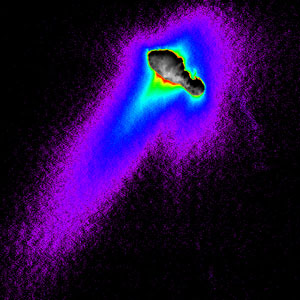
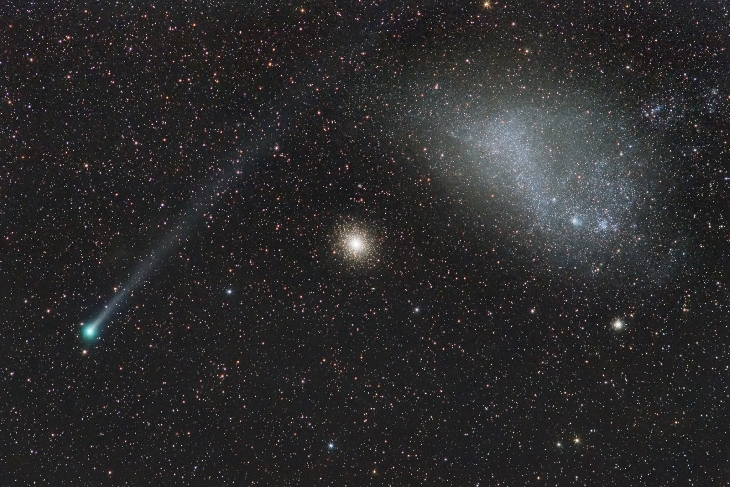

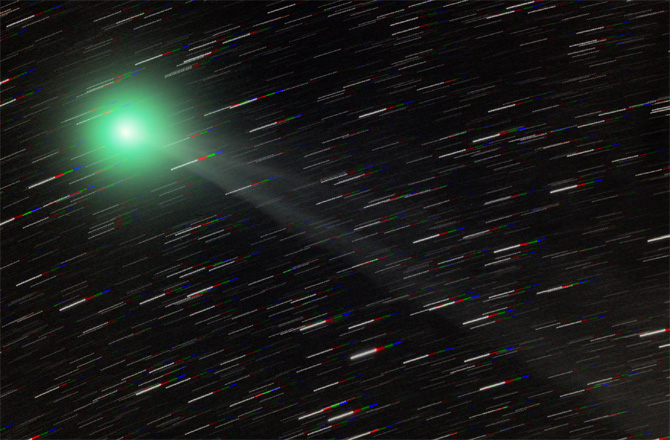
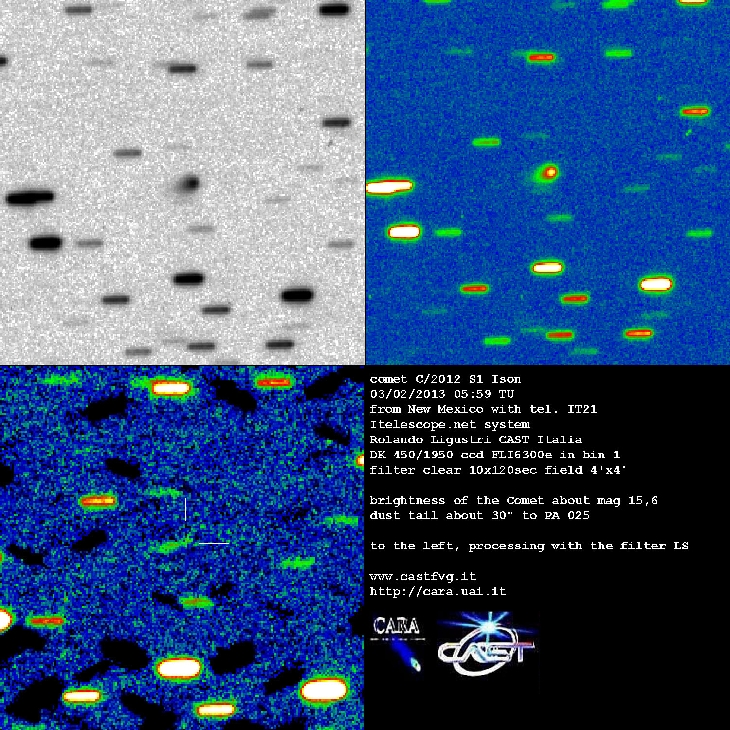

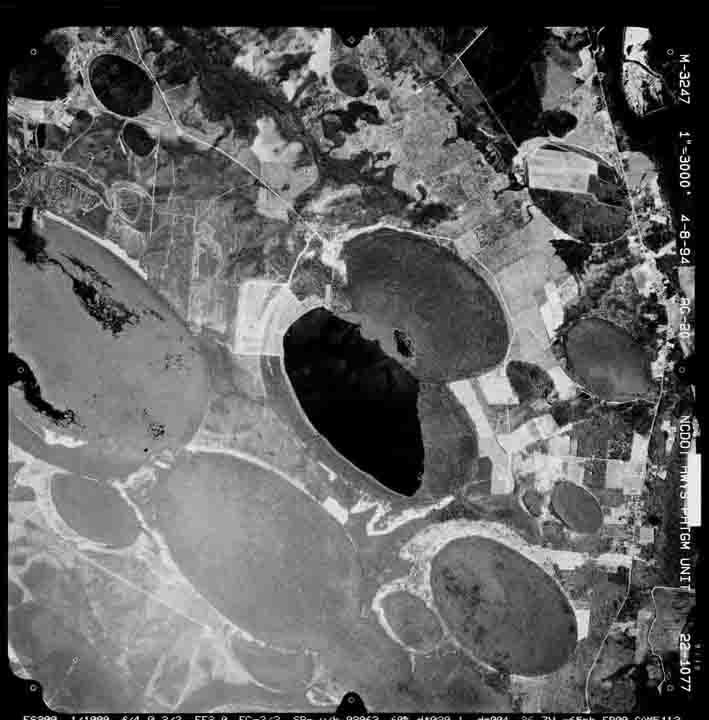
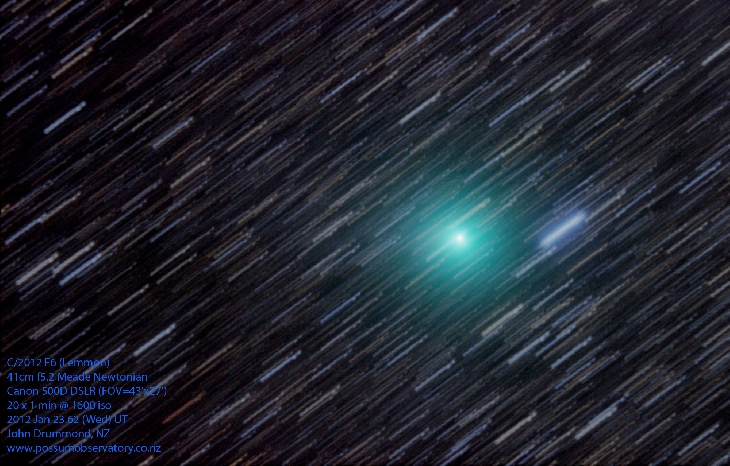





Comment: For more on comets and very close calls, see here.